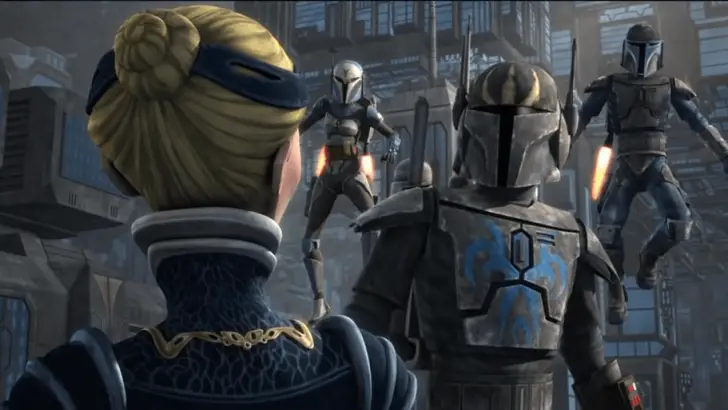In the Star Wars universe, one of the most fearsome visages is the expressionless mask of a Mandalorian. There is no telling who might be the man underneath that helmet, but the iconic armor alone can tell a lot of stories. Mandalore is a world full of proud warriors who have experienced a lot of history from rife with violence and conflict to the Imperial occupation of the Republic during the Galactic Civil War.
With that in mind, let us take a dive into the world surrounding Mandalorians and what you need to
know about them.
Who were the Mandalorians in the Star Wars franchise?
Jango Fett and Boba Fett are two of the most famous Mandalorians we’ve come to know in the
franchise so far, though they are not Mandalorian in origin. They both proudly wear the Mandalorian
armor that retain the memory of the Mandalorians alive well into the Galactic Civil War. The actual
Mandalorians have not made their actual appearance in the franchise until the events that happened in
Star Wars Rebels. This animated series featured the rebellion of characters who lend the Jedi a hand in
overthrowing the Empire during Star Wars: A New Hope.
Where did the Mandalorians come from?
Mandalore is the home planet of the Mandalorians, which is found on the Outer Rim and has been
mostly destroyed due to continuous wars from several forces. Their planet has one moon called
Concordia.
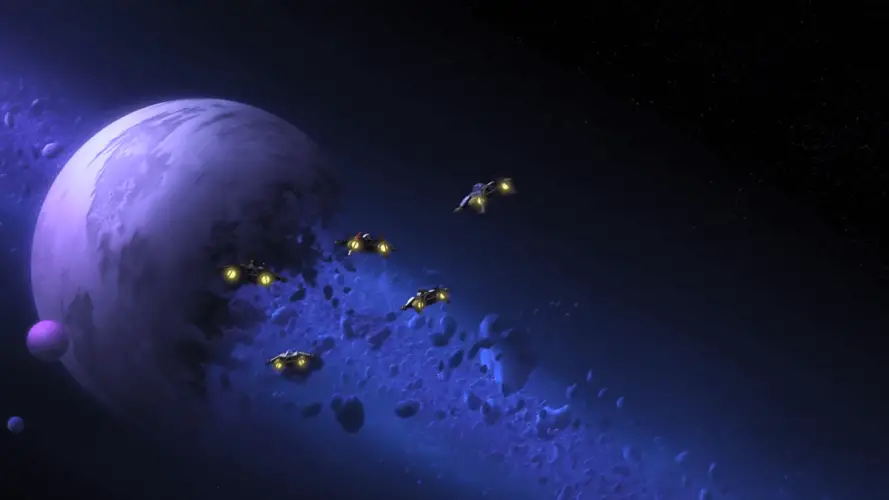
Before the war with The Empire, Duchess Satine Kryze is the ruler of Mandalore. She was a pacifist who
fought hard to prevent Mandalore from larger conflict and bring peace to the planet despite enduring
many assassination attempts from dissidents. The Jedi even tried coming to her defense, but Satine was
overthrown by a crime syndicate called Darth Maul, who took over the planet. It was during the Clone
Wars timeline that these events took place.
Bo-Katan Kryze, sister of Satine, served as the planet’s regent during the events of Star Wars Rebels.
However, the Clan Saxon betrayed her since she refused to bow to the Emperor, which then made Gar
Saxon the Imperial Viceroy of Mandalore.
After rebel Sabine Wren retrieved the Darksaber from Maul, she returned home to Clan Wren of Mandalore to discover the Empire was firmly entrenched in power. Gar Saxon, loyal to the Emperor, destroyed a colony of Mandalorians on Concord Dawn in a brutal attempt to squash any uprising. These tragic losses, along with Saxon’s betrayal of Clan Wren, sparked a small but determined insurgency on Mandalore itself. Clad in their iconic armor, Mandalorian warriors allied with rebels and fought for their planet as civil war erupted once more—this time against both Clan Saxon and the overwhelming might of the Empire.
The Empire, unwilling to relinquish its grip, deployed a terrifying weapon designed to penetrate the alloys in Mandalorian armor. But Bo-Katan, Sabine, and their allies managed to destroy this weapon before even greater devastation could occur. Victorious but weary, Bo-Katan Kryze accepted the Darksaber, uniting Mandalore’s clans under her leadership once again. Yet, even this hard-won peace was fragile—the full power of the Empire would soon be directed at Mandalore in the coming Galactic Civil War.
Saxon was overthrown by Rebel and Mandalorian forces using the Darksaber and made Bo-Katan Kryze
the current leader of the Mandalorian clans.
What do Mandalorians wear?
Mandalorian warriors wore an iconic armor that is not only made for defense but is often customized to
show clan affiliation. It even features anti-Jedi equipment like jetpacks, armed gauntlets, magnetized
boots, and tactical displays. Each armor piece honors the legacy of historical warriors and all they had
fought for.
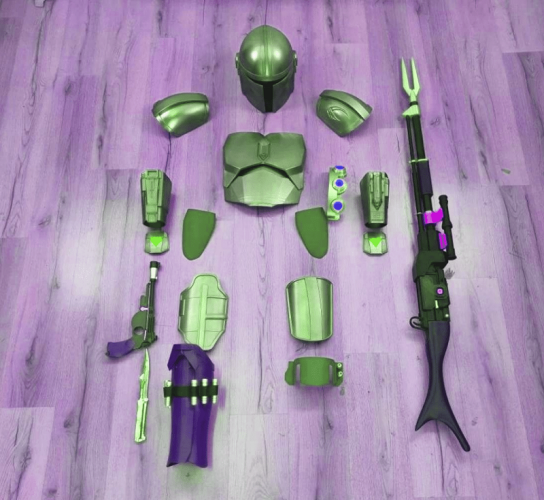
Why do bounty hunters covet Mandalorian armor?
Aside from its striking, battle-worn appearance, Mandalorian armor is legendary across the Star Wars galaxy for its remarkable blend of technology and tradition. Forged from beskar—a rare metal known for withstanding blaster bolts and even deflecting lightsabers—this armor offers unmatched protection. But beyond sheer durability, each component is painstakingly crafted and often customized to signify the wearer’s clan, victories, and loyalty. Jetpacks, integrated weaponry, and hidden gadgets give Mandalorians a tangible advantage in combat, transforming their armor into much more than just a set of plates.
It’s no wonder infamous bounty hunters are drawn to such a powerful suit. For someone like Jango Fett, donning Mandalorian armor means gaining an edge that very few possess, blending in with stories of honor and fierce independence. Whether the wearer is a true Mandalorian or simply acquired the gear elsewhere, the armor’s reputation—and the intimidation factor it brings—makes it a coveted prize among bounty hunters and warriors throughout the galaxy.
The Cultural and Historical Significance of Beskar
Mandalorian armor is more than just a suit of armor—it is the soul of Mandalorian culture. Crafted from beskar, a rare metal renowned for its exceptional strength and resistance to blaster fire and even lightsabers, each set of armor tells a story passed down through generations. The act of forging and wearing beskar is a rite of passage, blending tradition with personal expression. Helmets and plating are often customized to reflect clan lineage, past victories, or allegiances, making every suit as unique as its wearer.
Beskar’s storied reputation has even drawn envy and admiration beyond Mandalore. It’s not uncommon for notorious bounty hunters—like the infamous Jango Fett—to acquire Mandalorian armor, hoping to harness its legendary durability. Yet, no matter who wears it, true Mandalorians regard beskar as sacred—a legacy tempered in battle and memory.
Owning and maintaining beskar is a deep responsibility. Mandalorian warriors treat their armor as an heirloom, reforging and restoring it instead of discarding it, incorporating both scars and triumphs from the battlefield. Every dent and scratch is a reminder of the wearer’s survival and the battles fought in the name of Mandalore, ensuring that the spirit of their people endures with each generation.
What is the origin of the Mandalorians?
According to legends, the culture of the Mandalorians go way back to the ancient species called the
Taung, who are known as their progenitors. They are represented as a cross between the Klingons and
the Predator. These simian-like humanoids are indigenous habitants to the plant Notron (prehistoric
name of Coruscant). The Taung’s also have an ancient enemy on this planet consisting of humans who
formed thirteen battalions, or nations, known as the Zhell.
The battle between the Taungs and Zhell lasted for centuries. Before the Taungs were ultimately killed,
they were saved by a volcanic eruption that nearly wiped out the entire Zhell battalion. The aftermath of
the destruction caused the planet Notron to plunge into darkness for two years. For the Taungs, this is a
sign that their gods are in their favor. So, they honored this event and renamed themselves as the Dha
Werda Verda or “Warriors of the Shadow”.
For the next millennia, these disgraced warriors travelled throughout the galaxy as nomads before one
of their own, Te’ Sol’ yc Mand’ alor, led his people to take back their planet and become conquerors
once again. This Taung chieftain, along with his Crusaders, found a suitable planet located on the Outer
Rim and that became his people’s new home world.
However, owning this new planet doesn’t come without challenges though. An apex predator inhabits
the planet and is rumored to be the size of a small city. The colossal reptile is called a mythosaur and
was eventually displaced by the Taung as the dominant species. They renamed their new planet into
Mandalore in honor of their great leader. Through this, the Taung have been rechristened as the
Mandalorians, or Mando’ade, “Children of Mandalore”.
The Taung were the original Mandalorians but they soon encompass a multitude of species. Soon after,
the humans became the dominant members of the Mandalorians after superseding the Taung’s, who
almost became extinct after the infamous Mandalorian wars ended.
Mandalorians uphold a code of honor that is unique to themselves, wherein it is based around marital
traditions. Single combat is used to settle conflicts, and facing strong opponents gave them a noble
purpose in life. They are skilled in using their blasters, but they also deliver equal expertise when
engaged in hand-to-hand combat.
Jango Fett, Boba’s father, is said to have been born in Concord Dawn, but this is a possible lie from an
untrustworthy man. Since Boba Fett was a clone created on Kamino, this made his Mandalorian lineage
even more questionable.
What is the significance of Houses and Clans in Mandalorian society?
Houses and Clans are foundational to Mandalorian culture, shaping their way of life and defining loyalties that often run deeper than planetary allegiance. Mandalorian society is structured less around borders and more around these familial groups, each with their own proud traditions, armor designs, and codes of honor.
Rivalries and alliances between Houses and Clans have sparked many of the conflicts that left Mandalore scarred, but these groups also serve as pillars of resilience and identity. Important decisions—such as crowning new leaders or rallying warriors in times of crisis—are usually decided with the input (or sometimes heated argument!) of these powerful collectives. Whether it’s House Kryze with its storied legacy, or a lesser-known clan fighting for recognition, each faction plays a critical role in the ongoing saga and spirit of Mandalore.
The Clone Wars
The aggression of the Mandalorians grew so perilous that their war against the Jedi and other
opponents have taken a toll on their planet. This made Mandalore into an apocalyptic wasteland and
drove most of the powerful Mandalorian clans to inhabit other planets. All this conflict and destruction
gave birth to a new faction, the New Mandalorians, wherein they have a specific goal of guiding their society to total pacifism to prevent further damage.
Duchess Satine Kryze is the leader of this faction and is being supported by the Republic through Jedi Knights Obi-Wan Kenobi and Qui-Gon Jinn. Kryze led the transformation of the planet from being a dead wasteland into shining, homogenous cities. Meanwhile, another Mandalorian faction was rising under cover of the Clone Wars. It is known as Death Watch and it has been founded by Pre Vizsla, descendant of the old Mand’alor.
He intends on returning the Mandalorians back to their more violent state, which is the exact opposite of the campaign that has been started by Kryze. This started a messy conflict between the Jedi and the Sith that allowed ex-Death Watch soldier Bo-Katan Kryze to take over the throne. It made Mandalore to become destabilized once again.
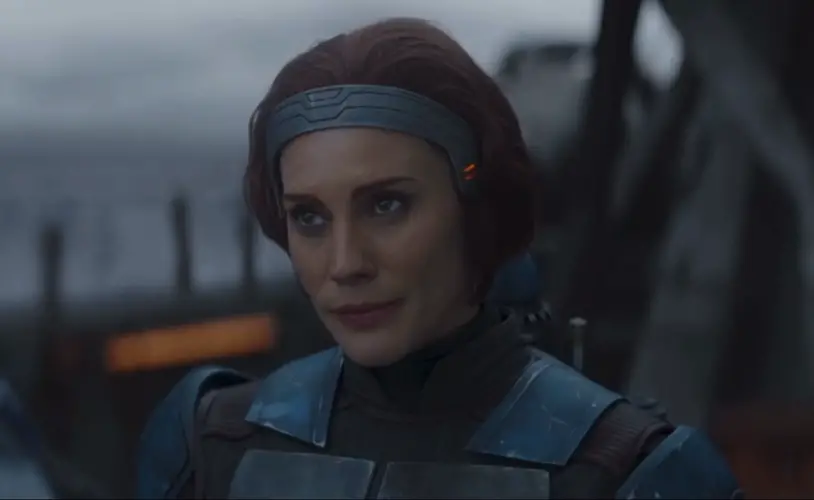
However, The Clone Wars animated series completely rewrote this era of Mandalorian history. Although
both of them are essentially part of the pre-Disney canon, the TV show prioritized what has been
established in the Legends timeline – the Mandalorians fighting alongside the Separatists against the
Republic during Clone Wars. It is no surprise that the pacifist New Mandalorians established in The Clone
Wars were a new and controversial idea in the fandom.
The Dark Times
When the Empire took over the galaxy, they found a willing ally in Mandalorian super commando Gar
Saxon, who was named the Imperial Viceroy of Mandalore. During that time, the Imperial had control
over the planet.
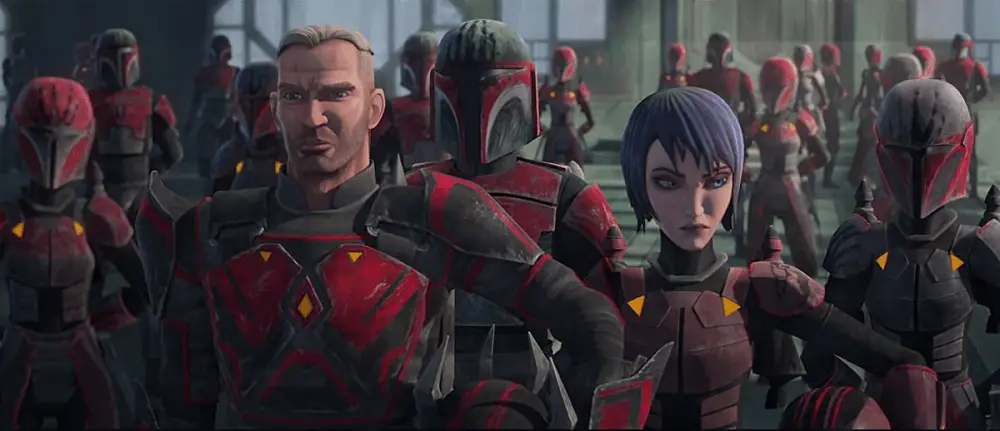
Fortunately, an estranged member of a Mandalorian clan and a Rebel weapons expert named Sabine
Wren was able to defeat the Saxon in combat. She didn’t consider this victory as a personal achievement but more of a symbolic claiming of the Mandalorian legacy.
During that year, the rebels also celebrated victory by destroying the first Death Star and then another
Mandalorian civil war began. In part due to Sabine, Imperial-allied leaders were overthrown and the late
Duchess Satine’s sister, Bo-Katan Kryze, returned to power.
Boba Fett
Boba Fett was undoubtedly the most famous Mandalorian during the Galactic Civil War. He is a high-
profile bounty hunter who has set his eyes on hunting down
during the war.
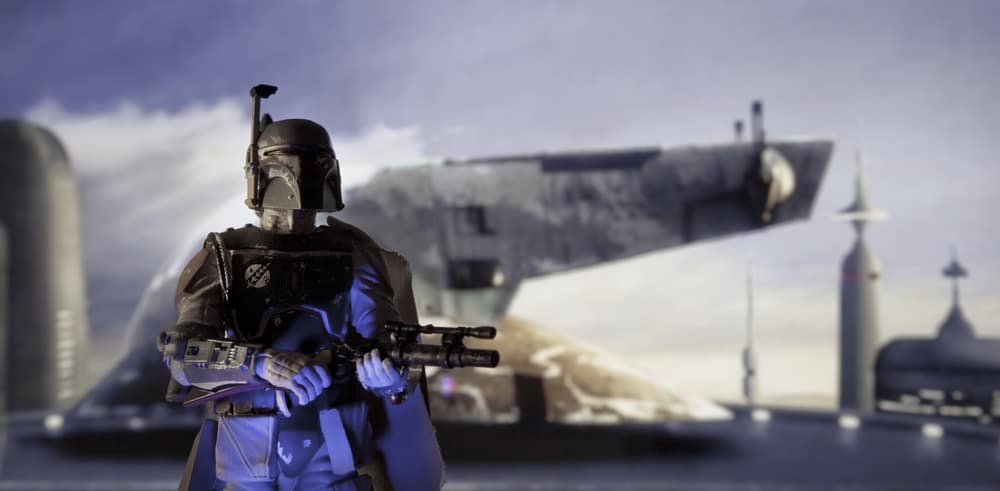
The clone upbringing of Boba Fett don’t have much of a connection with the culture of the Mandalore
system. In fact, the whole idea questions Boba’s Mandalorian background. At one point in the Legends
timeline, it was foretold that “Boba Fett” is the new identity of an exiled Mandalorian named Jaster
Mereel due to treason against his people.
Of course, the second identity was later revised in the Attack of the Clones arc. No matter his origin,
Boba Fett’s armor made him synonymous with the Mandalorian tradition of warriors equipped to fight
against the Jedi. This armor may also be the reason why Boba was strong enough to survive in the
Sarlacc pit.

